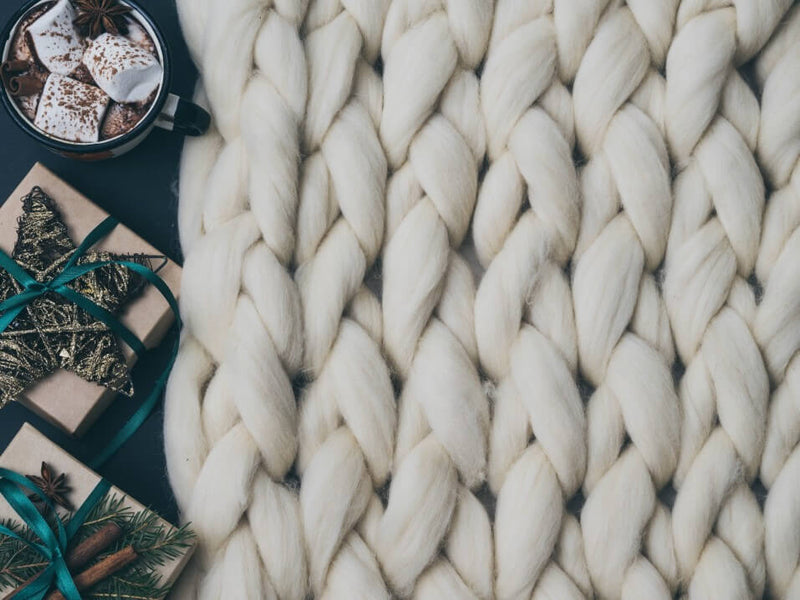Free Suggestions For Selecting Bamboo Clothing
Wiki Article
What Makes Yak Wool Merino Such A Popular Choice For Base Layers In Winter Sportswear?
The combination of merino and yak wool qualities makes an excellent base layer highly effective in winter sports apparel. The hollow fibers of the yarn are great insulation since they capture air. The fabric gets warmer when combined with the merino fiber, which has outstanding insulation properties.
Merino Wool has Moisture-wicking Properties. This means it can absorb moisture from the skin, and then release it into the air. It helps keep the wearer dry. The yak wool is also moisture-wicking, which complements the merino wool. This combination helps maintain body temperature by removing moisture from the skin during vigorous exercises in cold temperatures.
Merino wool's softness as well as its comfort are well-known. The fine fibers and softness the wool make it less prone to causing irritation. Blended with yak, which is soft and silky fibers, this fabric is a comfortable garment to wear.
Both Merino and Yak Wool have natural antimicrobial characteristics that help to inhibit the growth of bacteria that cause odors. The garment stays fresher, even when used for extended periods.
Durability - Yak is a strong and durable fiber. When mixed with merino it can withstand the wear and tear caused by outdoors sports and activities.
Temperature Regulation - Yak merino's base layers regulate the body's temperature by keeping your body warm during cold conditions. They also have breathable properties to avoid overheating when performing intense activities.
Sustainability in the Environment Merino wool and yak wool are both sustainable, biodegradable fibers and are therefore eco-friendly options for winter sportswear.
This combination of attributes makes yak merino wool base layers highly effective for winter sports clothing providing warmth and comfort, as well as moisture management, and durability for outdoor activities in cold climates. View the most popular full article for merino wool base layer for more recommendations including wool mid layer, wool long underwear women's, ski base layer womens, best base layer for skiing, icebreaker baselayer, merino thermals, merino wool base layer hunting, ski base layer pants, merino long underwear, warmest base layer for skiing and more.

What Are Some Advantages Bamboo Clothing Can Provide In Terms Of Comfortability As Well As Sustainability And Safety When Used For Outdoor Winter Clothes?
Bamboo clothing offers many advantages in terms of comfort and durability for winter outdoor clothing.
Softness - Bamboo fabric has an incredibly soft and smooth texture that is soft on the skin. The luxurious feeling of bamboo fabric is frequently compared to cashmere or silk.
Bamboo fibers possess moisture wicking properties that pull moisture from the skin to keep you comfortable and dry when you exercise.
Thermal Regulation- Bamboo clothing has natural temperature-regulating properties, providing warmth in winter while remaining breathable to prevent overheating.
Sustainability-
Bamboo is a very renewable resource. It is able to grow quickly without pesticides or chemical fertilisers. It is a material which regenerates rapidly, making it a green choice.
Low Environmental Impact- Bamboo cultivation generally requires less water than conventional cotton farming and doesn't deplete soil nutrients. Bamboo produces more oxygen and absorbs CO2 compared to other plants.
Protection for Outdoor Wear-
UV Protection - Bamboo fabric is UV-resistant and has inherent properties that provide natural protection against harmful UV ultraviolet rays.
Bamboo is antibacterial and has antimicrobial properties. Bamboo contains "bamboo Kun," a natural agent which inhibits the growth of bacteria that are responsible for odors. This makes clothes fresher for longer, particularly when it is used outdoors.
Other Benefits
Durability- Bamboo fibers are sturdy and durable, which makes the perfect material for outdoor wear.
Biodegradability. Bamboo clothes are biodegradable. They will be decomposed naturally after their time of life, reducing their environmental impact.
Bamboo fabric in winter outdoor clothing provides a blend of comfort and thermal regulation (regulating body temperature) in addition to the management of moisture and environmental sustainability. This is why it is a preferred option for clothing that is eco-friendly. Take a look at the recommended bamboo clothings hints for site examples including bamboo apparel, bamboo t shirts womens, bamboo yoga clothing, bamboo yoga trousers, bamboo activewear, bamboo pants mens, bamboo ladies pants, bamboo clothing for women, mens bamboo clothing, bamboo fabric clothing and more.

What Is The Difference Between Wool And Merino Clothing?
Examine the texture, warmth and moisture absorption of merino, bamboo and traditional wool clothes.
Merino Wool Merino Wool, also known as fine-fibered wool is renowned for its smoother texture and softer fibers. It is frequently regarded as more comfortable on the skin.
Bamboo Clothing Bamboo clothing is smooth and silky. It's often compared with luxury materials like silk or Cashmere. It is soft and smooth, making it very comfortable to wear.
Traditional Wool- The texture can vary. Some types of wool may feel coarser or cause irritation or itching compared with bamboo clothing and merino.
Warmth-
Merino Fiber Merino fiber is renowned for its excellent insulation properties. It holds warmth even in damp conditions and provides effective insulation even in cold temperatures.
Bamboo Clothing can be warm, but it might not provide the same insulation as Merino wool. It's a fantastic temperature control, making it comfortable under all conditions.
Traditional Wool- Much like wool from sheep that is merino wool is warm and insulation. It is, however, often more heavy, or bulkier than bamboo or merino clothing.
Moisture Absorption-
Merino Wool Merino Wool is a natural fiber with amazing moisture-wicking properties. It pulls moisture away from the skin, and lets it evaporate. Even when it is damp it is warm.
Bamboo Clothing - Bamboo fabric also has the ability to wick moisture which draw away moisture from the skin, and providing the comfort needed during physical activity. It is able to regulate moisture while keeping the wearer dry.
Traditional Wool- While wool can absorb moisture, it may not possess the same properties for wicking moisture as bamboo or merino fabric. When wet, certain kinds of wool may feel heavy and damp.
Merino wool has been known for its softness, warmth and ability to wick moisture. Bamboo clothing has a smooth texture and warm with good moisture control. The wool's texture is variable and can be used to provide warmth, moisture absorption and the softness. But it could feel heavier and coarser in comparison with merino clothing or bamboo clothes. Each material is unique and is suited to different requirements. Read the top merino winter clothing hints for more advice including merino base layer womens, merino wool thermals mens, ski base layer womens, smartwool 150 base layer, merino thermals, sitka base layers, smartwool 250 base layer, 100 merino wool base layer, best base layer for skiing, ski thermals mens and more.
